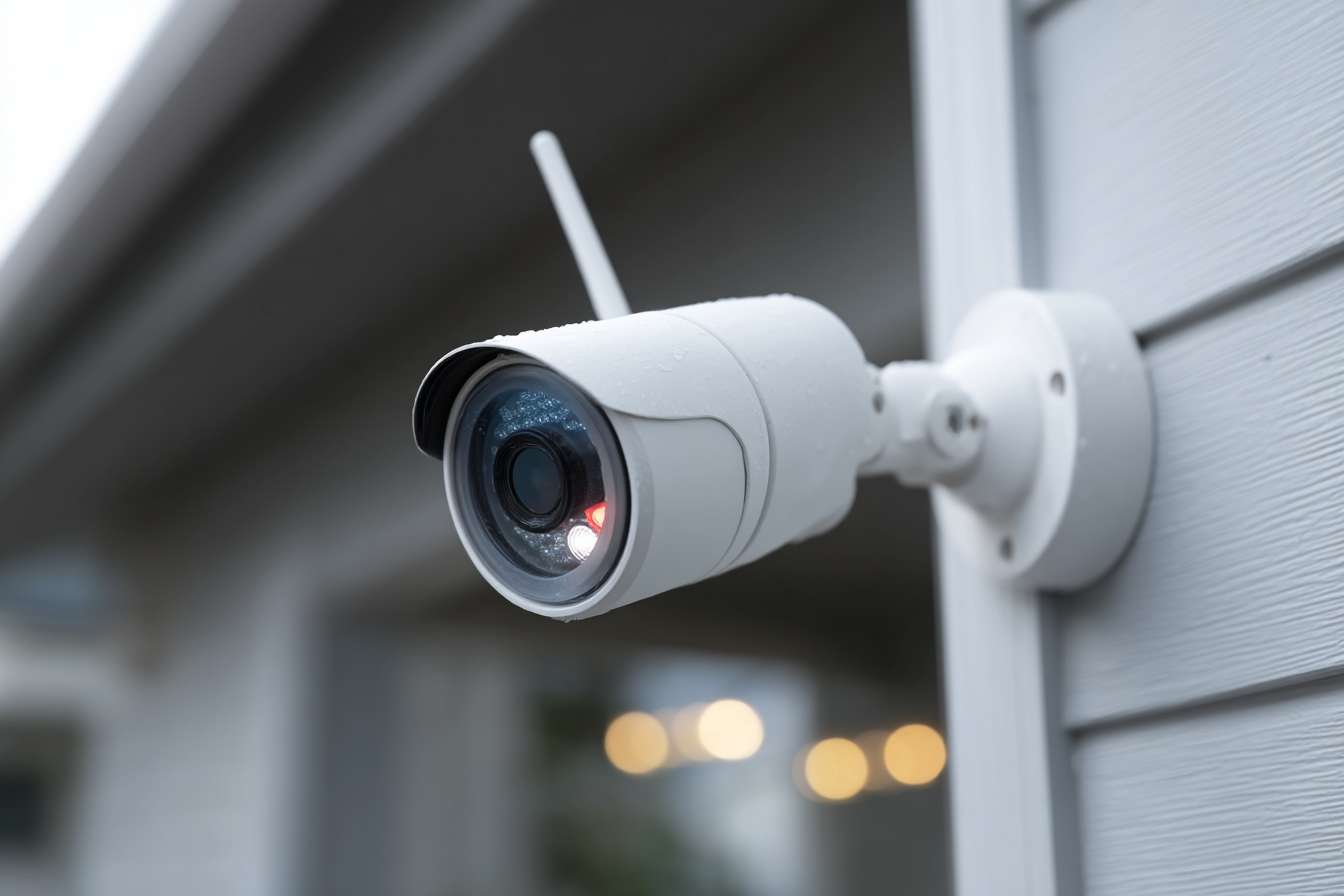Home Security Systems with Mobile App in the USA – Features and Functionality
Home security systems with mobile app integration in the USA provide households with tools to monitor and manage safety settings remotely. Typical features include real-time alerts, camera access, and the ability to control locks or sensors through structured applications. These systems are developed to align with safety standards and function within regulated frameworks, ensuring clarity in use and compliance with industry practices.

How Do Home Security Systems Integrate with Mobile Applications?
Integration of home security systems with mobile apps occurs through wireless connectivity protocols including Wi-Fi, cellular networks, and Bluetooth technology. The security system’s control panel communicates with cloud-based servers, which then transmit data to the mobile application installed on smartphones or tablets. This seamless connection allows homeowners to arm or disarm their systems, view live camera feeds, and manage connected devices through intuitive touchscreen interfaces. Modern systems support multiple user accounts, enabling family members to access security controls with customized permission levels.
The integration process typically involves downloading the manufacturer’s dedicated app, creating an account, and linking the security system through a simple pairing procedure. Once connected, the app serves as a comprehensive command center that consolidates all security functions into a single, user-friendly platform accessible 24/7.
What Real-Time Alerts and Monitoring Functions Are Available?
Real-time alerts and monitoring functions form the backbone of mobile-enabled security systems, providing instant notifications when security events occur. These systems can detect door and window breaches, motion detection, glass breakage, smoke, carbon monoxide, and water leaks. When sensors trigger an alert, the mobile app immediately sends push notifications, text messages, or email alerts to designated contacts.
Advanced monitoring capabilities include geofencing technology that automatically arms or disarms the system based on the homeowner’s location. Professional monitoring services can also respond to alerts within seconds, contacting emergency services when necessary. Many systems provide detailed event logs, allowing users to review security activity over specific timeframes and identify patterns or concerns that require attention.
What Camera Access and Remote Control Features Can Users Expect?
Camera access and remote control features enable homeowners to view live video streams from security cameras positioned throughout their property. High-definition cameras with night vision capabilities provide clear footage during all lighting conditions, while two-way audio systems allow communication with visitors or potential intruders through the mobile app.
Remote control functionality extends beyond camera access to include smart locks, garage doors, lighting systems, and thermostat adjustments. Users can grant temporary access codes to service providers, lock doors remotely if forgotten, and create automated routines that simulate occupancy while traveling. Cloud storage options preserve recorded footage for later review, with some systems offering local storage alternatives for enhanced privacy.
How Do These Systems Ensure Compliance with Safety and Technology Standards?
Compliance with safety and technology standards requires home security systems to meet stringent regulatory requirements established by organizations such as Underwriters Laboratories (UL) and the Federal Communications Commission (FCC). UL-listed equipment undergoes rigorous testing for fire safety, electrical safety, and performance reliability. FCC certification ensures wireless devices operate within approved frequency ranges without interfering with other electronic equipment.
Data security standards protect user information through encryption protocols, secure authentication methods, and regular software updates that address potential vulnerabilities. Many manufacturers comply with industry cybersecurity frameworks and undergo third-party security audits to verify their systems meet professional-grade protection standards.
What User-Friendly Frameworks Support Structured Security Management?
User-friendly frameworks for structured security management simplify complex security operations through intuitive app designs and logical menu structures. These frameworks organize security functions into clearly defined categories such as device management, alert preferences, user permissions, and system settings. Dashboard displays provide at-a-glance status updates for all connected devices, while customizable notification settings allow users to prioritize alerts based on specific security concerns.
Guided setup processes help users configure their systems without technical expertise, offering step-by-step instructions for device installation and app configuration. Many apps include tutorial videos, troubleshooting guides, and live chat support to assist users with system optimization and maintenance tasks.
| Provider | System Type | Monthly Monitoring | Equipment Cost | Key Mobile Features |
|---|---|---|---|---|
| ADT | Professional | $45-60 | $99-199 | Live video, smart home integration, 24/7 monitoring |
| Ring Alarm | DIY/Professional | $10-20 | $199-329 | Doorbell integration, neighbor alerts, police dispatch |
| SimpliSafe | DIY/Professional | $15-25 | $229-489 | No contracts, wireless sensors, secret alerts |
| Vivint | Professional | $30-50 | $599-899 | Smart home automation, professional installation, AI detection |
Prices, rates, or cost estimates mentioned in this article are based on the latest available information but may change over time. Independent research is advised before making financial decisions.
The evolution of mobile-integrated home security systems continues to enhance residential protection capabilities while maintaining user accessibility and convenience. These comprehensive solutions provide American homeowners with powerful tools to safeguard their properties, monitor activities remotely, and respond quickly to security incidents. As technology advances, mobile app functionality will likely expand to include additional smart home integrations and artificial intelligence features that further streamline security management processes.




